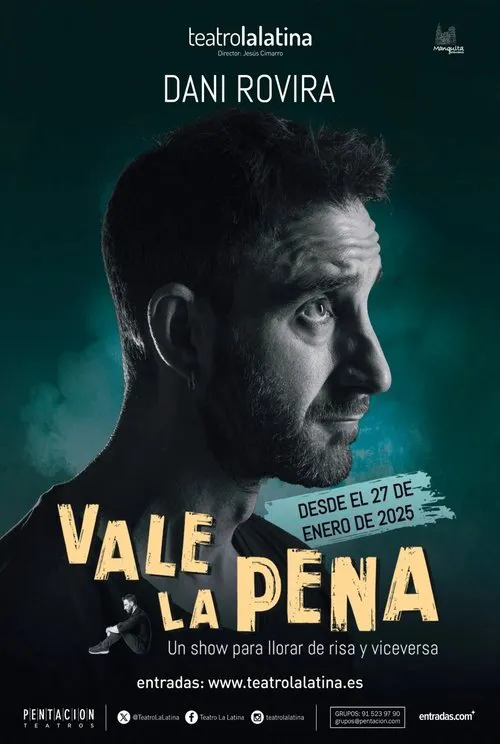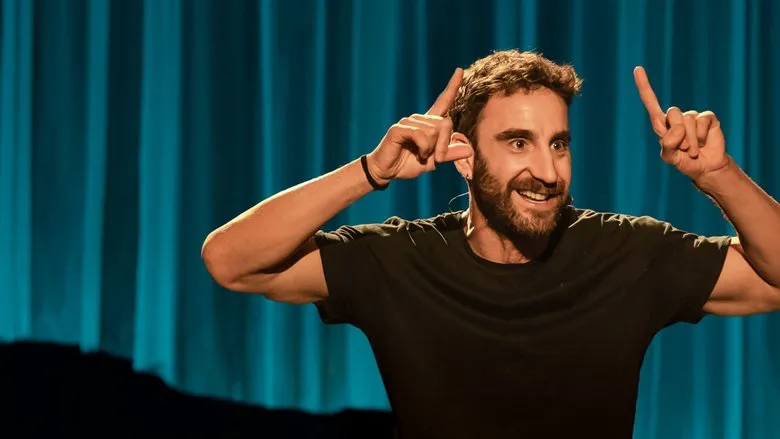Unveiling the Heartache: The Making of Valiente (It’s Worth It)
In the crowded landscape of cinema, some films arrive quietly, yet resonate deeply. Such is the case with the 2018 Spanish drama, Valiente (known as It’s Worth It in English), a searing exploration of grief, guilt, and the slow, arduous path to healing. Often confused with a popular comedian’s stand-up special of the same name, this cinematic gem stands on its own merits, distinguished by its raw emotional power and masterful storytelling. But what went into crafting such a profoundly moving narrative?
The Genesis of a Poignant Script
At its core, Valiente stemmed from a desire to delve into the unspoken aftermath of profound loss. The film sets out to trace the shattered life of Antonio, a former firefighter haunted by the tragic loss of his wife, Elena, and their two children, Mateo and Alba, in a house fire. The screenwriters faced the delicate challenge of portraying immense sorrow without succumbing to melodrama, instead aiming for an authentic, human response to catastrophe. The vision was clear: to create a narrative that honored the complexities of grief, portraying not just the initial shock but the agonizing, prolonged struggle to find purpose in a world irrevocably altered.
Dani Rovira’s Transformative Performance
One of the film’s most critical elements was the casting of Antonio. Known primarily for his comedic chops, Dani Rovira undertook a radical departure from his usual roles, stepping into the shoes of the devastated protagonist. His portrayal of Antonio is nothing short of breathtaking – a masterclass in conveying silent agony, crushing guilt, and the flicker of hope that eventually emerges. Rovira’s ability to internalize Antonio’s pain makes his performance incredibly nuanced and believable, anchoring the film with profound emotional weight.
 Dani Rovira’s poignant portrayal of Antonio brings the character’s internal turmoil to life.
Dani Rovira’s poignant portrayal of Antonio brings the character’s internal turmoil to life.
Complementing Rovira’s performance, Alexandra Jiménez delivers a sensitive portrayal of Elena in flashbacks, reminding viewers of the warmth and joy Antonio lost. Berta Ojea as Lucia, the woman Antonio connects with in the present, provides a crucial counterpoint, embodying a different facet of pain and the possibility of shared healing. The casting director’s foresight in bringing together this ensemble was key to the film’s authentic emotional landscape.
Weaving Time and Emotion through Narrative
The narrative structure of Valiente is arguably one of its most innovative aspects. By artfully weaving between Antonio’s present-day struggle and his cherished memories of his family, the film creates a multi-layered exploration of loss. This non-linear approach isn’t merely a stylistic choice; it serves a crucial emotional purpose. It allows the audience to witness the stark contrast between a vibrant past and a desolate present, intensifying the impact of Antonio’s guilt and grief while gradually revealing the depth of his love and loss. This intricate narrative dance keeps viewers engaged, slowly unveiling facets of Antonio’s inner world like fragments of a broken mirror.
The Director’s Hand: Guiding a Path Through Darkness
Navigating such a sensitive and heavy subject demanded a director with a clear vision and a delicate touch. The filmmakers focused on creating an atmosphere that was both despondent and, eventually, subtly hopeful. Every shot, every silence, and every line of dialogue serves to build upon Antonio’s journey. There’s a deliberate unhurriedness to the pacing, allowing the audience to truly immerse themselves in Antonio’s grief, making his small steps toward healing feel monumental. The challenge was to depict the raw pain without exploiting it, finding humanity and resilience amidst the despair.
Visuals as Storytellers
The cinematography and visual language of Valiente are integral to its emotional resonance. The lighting often shifts to reflect Antonio’s state of mind – brighter, warmer tones for the memories of his family, and often starker, greyer palettes for his present solitude. The use of close-ups on Rovira’s face captures the subtle movements of profound sorrow and quiet contemplation. Furthermore, the deliberate framing and composition often emphasize Antonio’s isolation, amplifying his feelings of being adrift. These visual choices enhance the raw honesty of the film, pulling viewers deeper into Antonio’s harrowing experience.
 The evocative visuals of Valiente help set the film’s poignant mood.
The evocative visuals of Valiente help set the film’s poignant mood.
The Enduring Message of Resilience
Valiente is more than just a story of loss; it’s an ode to the human spirit’s capacity for resilience. While the film unflinchingly confronts the devastation that tragedy wreaks, it ultimately offers a profound message about the nature of hope. It doesn’t sugarcoat the pain or offer easy answers, but instead illuminates the gradual, often imperceptible ways that individuals can find the courage to reconnect with life, even amidst overwhelming grief. The collaboration between cast and crew successfully crafted a story that reminds us that truly moving forward sometimes means honoring the past while daring to believe in a fragile future.
Valiente stands as a testament to the power of authentic storytelling and a courageous exploration of the human heart’s most profound struggles. It is a film that leaves an indelible mark, inviting audiences to reflect on the nature of adversity, the enduring power of love, and the quiet bravery required to pick up the pieces. For anyone seeking a film of significant emotional depth and thoughtful narrative, Valiente truly proves its worth.